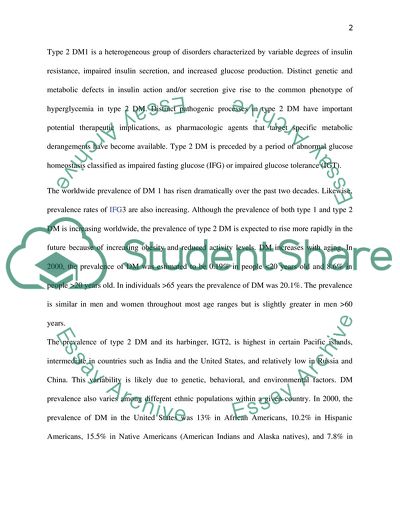Cite this document
(Public Awareness and Human Diseases: Type II Diabetes Essay, n.d.)
Public Awareness and Human Diseases: Type II Diabetes Essay. https://studentshare.org/health-sciences-medicine/1715249-type-ii-diabetes
Public Awareness and Human Diseases: Type II Diabetes Essay. https://studentshare.org/health-sciences-medicine/1715249-type-ii-diabetes
(Public Awareness and Human Diseases: Type II Diabetes Essay)
Public Awareness and Human Diseases: Type II Diabetes Essay. https://studentshare.org/health-sciences-medicine/1715249-type-ii-diabetes.
Public Awareness and Human Diseases: Type II Diabetes Essay. https://studentshare.org/health-sciences-medicine/1715249-type-ii-diabetes.
“Public Awareness and Human Diseases: Type II Diabetes Essay”. https://studentshare.org/health-sciences-medicine/1715249-type-ii-diabetes.


